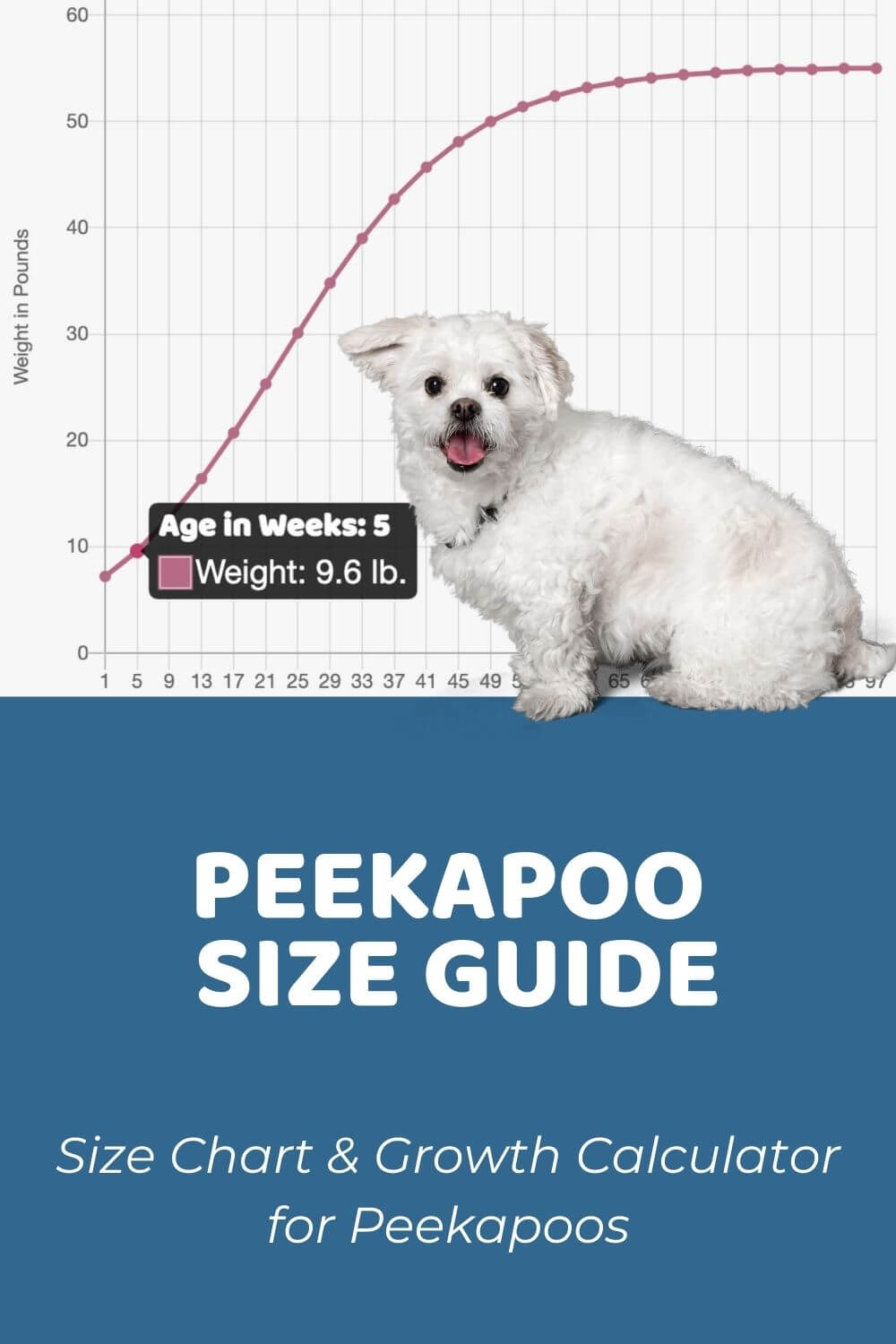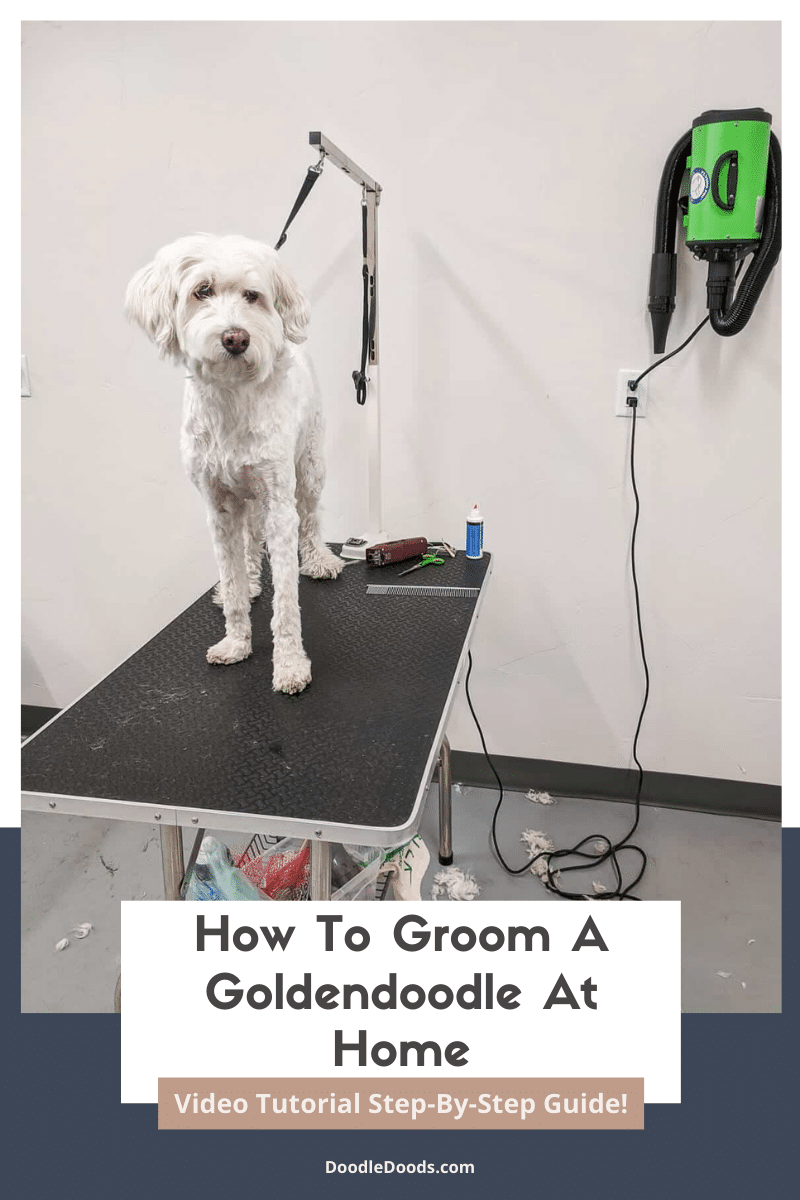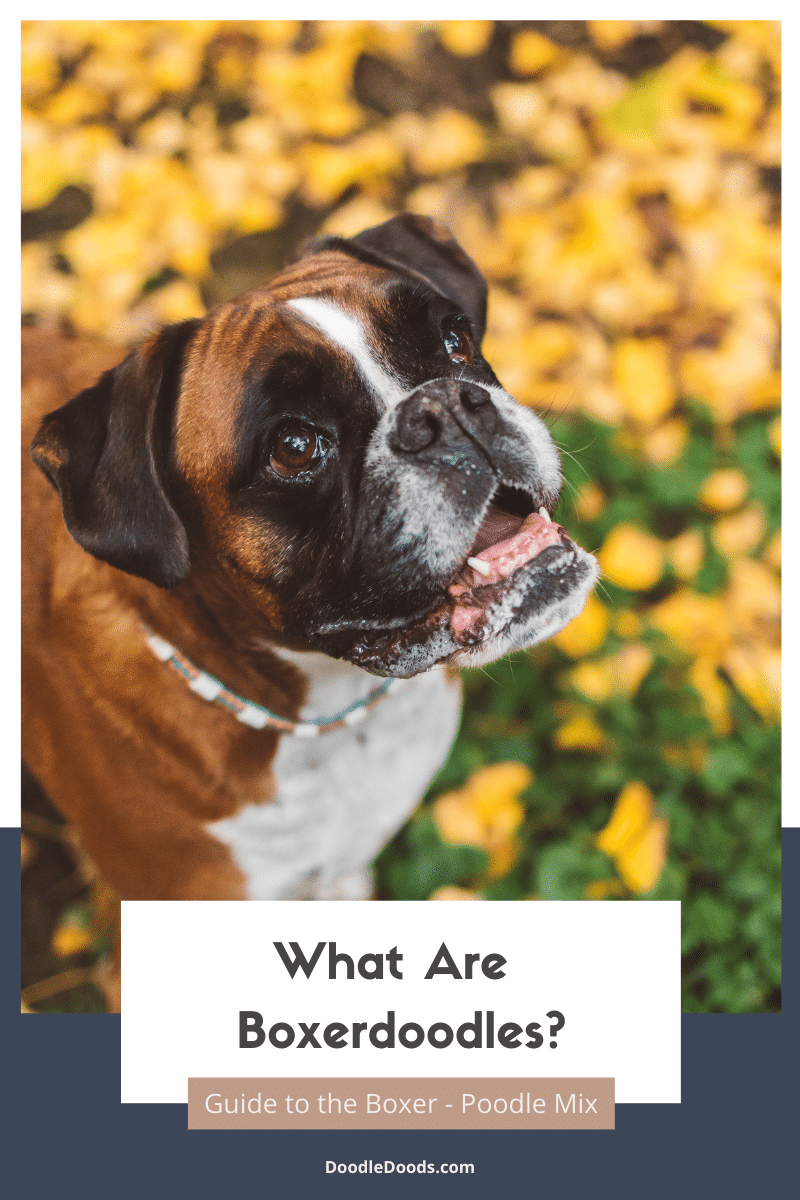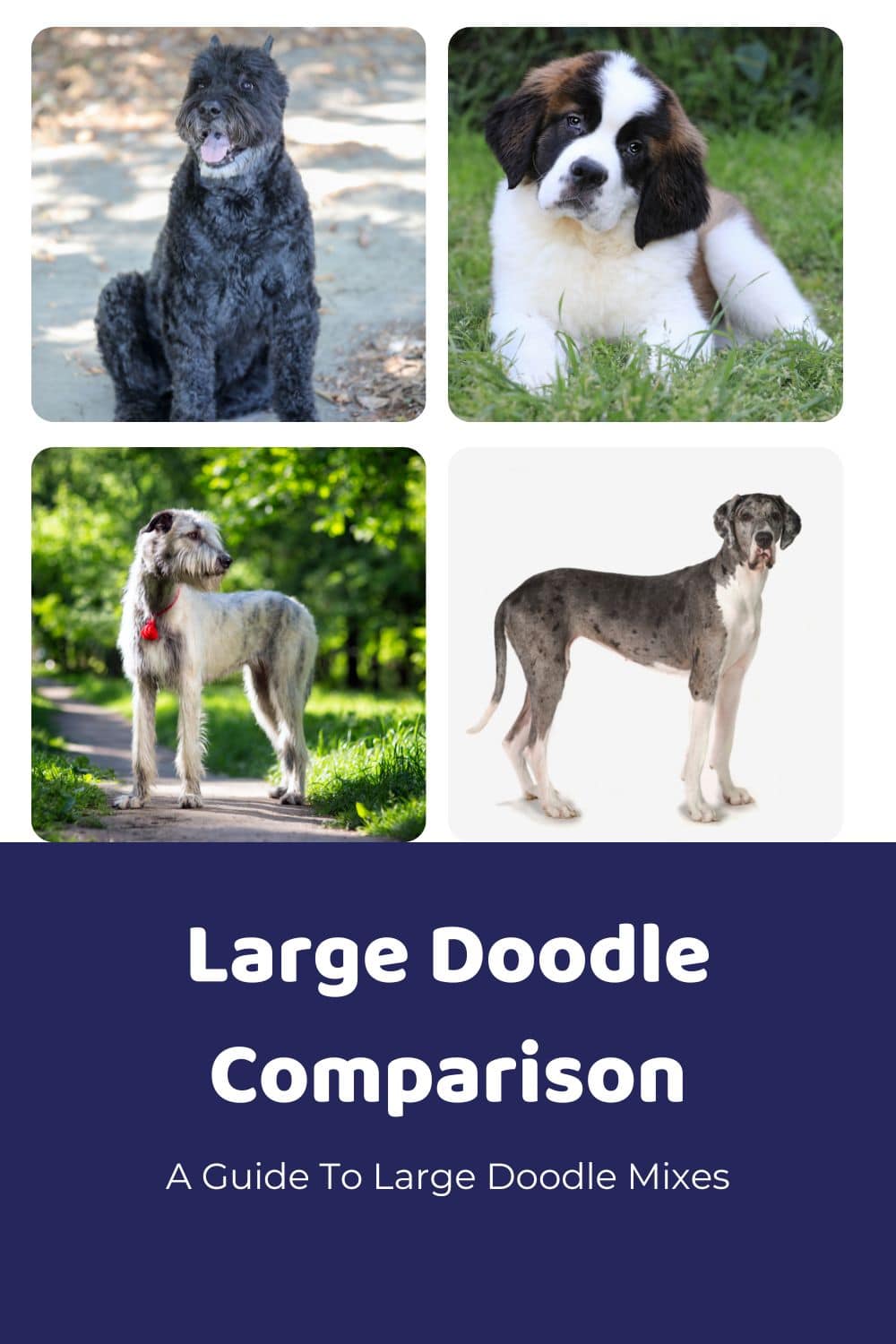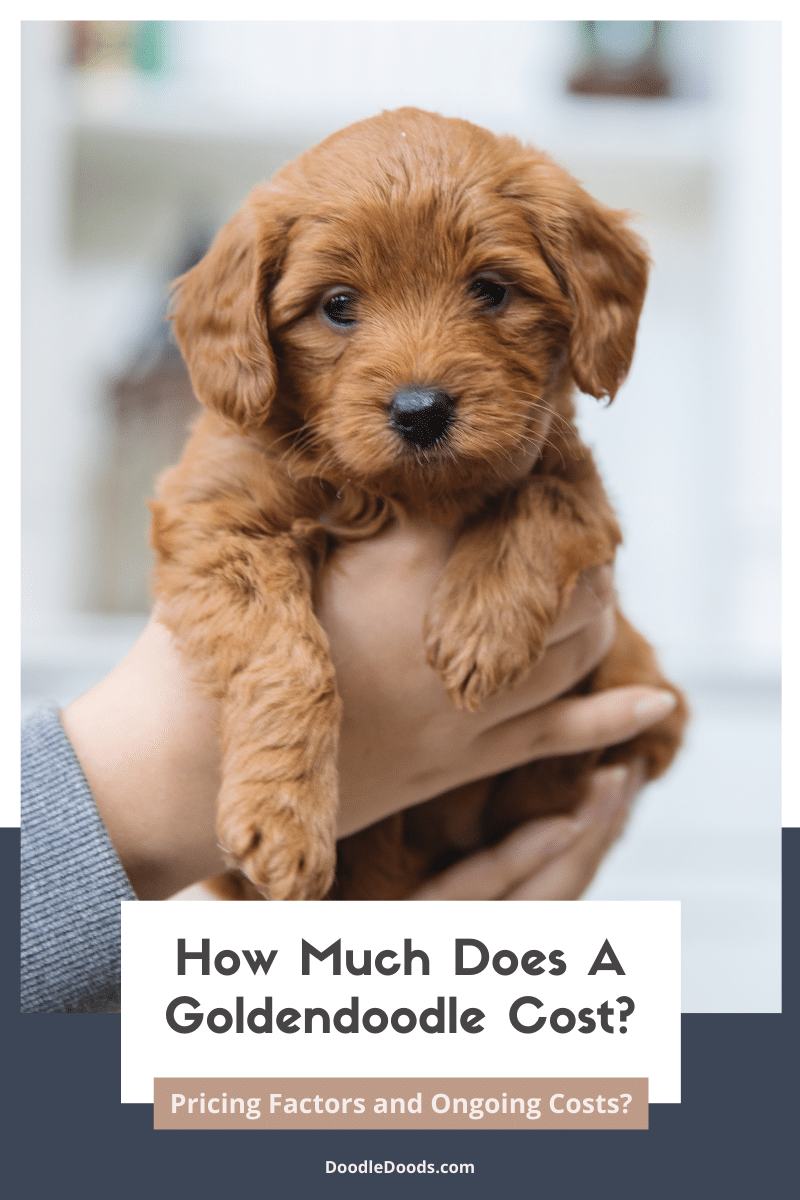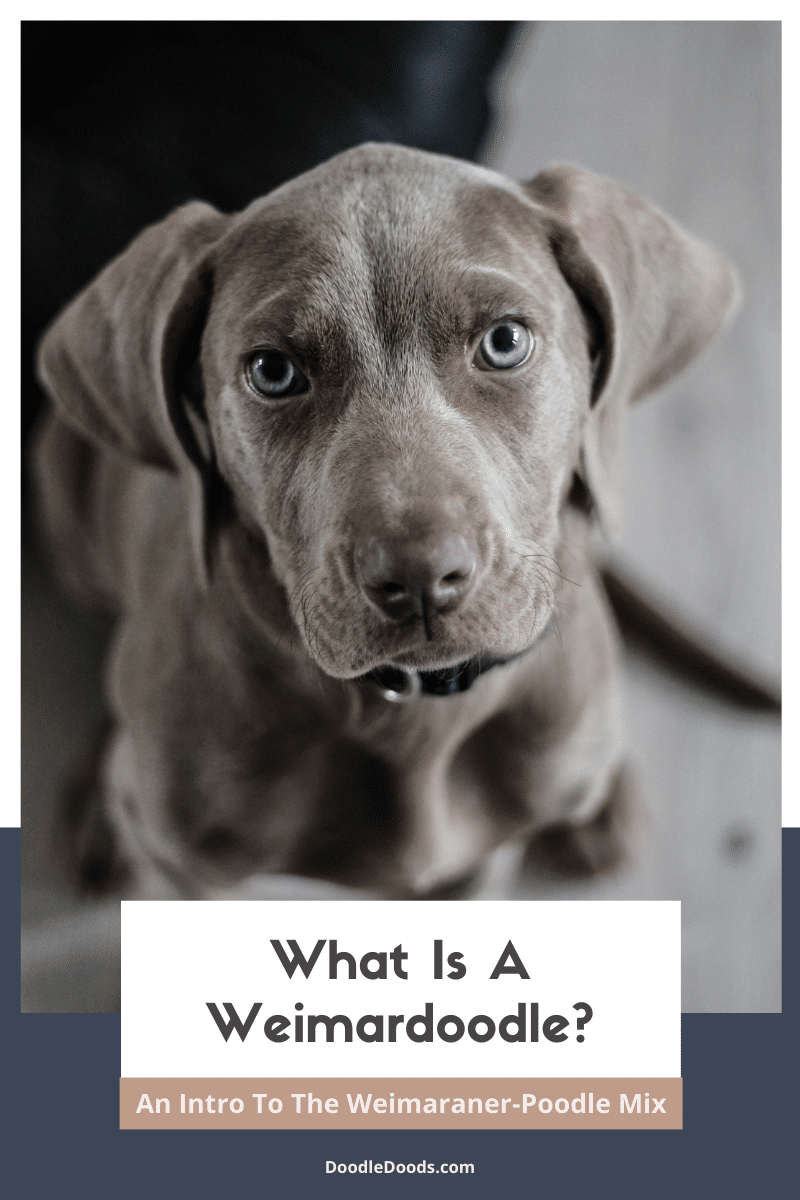Petite, sweet, lap-friendly, and incredibly affectionate, Peekapoos make lovely pets for those looking for all the gorgeousness of a Doodle in miniature. However, while you may have heard of Cockapoos, Maltipoos, and even Shihpoos (oh my!), the Peekapoo might be new to your radar. Trust us; you will not want to overlook this pup when deciding who to bring home.
That being said, there are some important things to be aware of when thinking about taking on one of these dogs. You need to know about their temperament, how they will get on with the various members of your family and how best to care for their coat – for starters. Here we cover all of this and more to help you decide whether or not to add a Peekapoo puppy to your pack.
Table of Contents
- What Exactly is a Peekapoo?
- 3 Interesting Facts About Peekapoos
- Peekapoo Physical Appearance
- Peekapoo Pictures
- Peekapoo Size
- Peekapoo Personality & Temperament
- Peekapoo Variations & Generations
- Peekapoo Health
- Peekapoo Exercise & Training
- Peekapoo Coat & Grooming
- Where Can You Get Peekapoo Puppies?
- Frequently Asked Questions About the Peekapoo
Learn How to Care for Your Doodle Puppy!

Perfect for first-time Doodle parents, get ALL your questions answered, including questions new Doodle parents don’t even think to ask.
Plus, get $700 worth of Bonus Materials for FREE, including:- Doodle Parenthood Community and Support Group ($190 value)
- Doodle Puppy Growth Tracker ($20 value)
- EMERGENCY Cheatsheet: When To Call The Vet Immediately ($50 value)
- HELP! Button ($145 value)
- And SO MUCH MORE!
What Exactly is a Peekapoo?
While Peekapoos have been around for a while, their hybrid status means no established standards exist for these dogs. That’s why when we are looking to learn about them, we need to consider the two pups they are bred from. In this case, it’s the Poodle and the Pekingese.
Pekingese
One of the most ancient breeds of dog on the planet, the Pekingese hails from ancient China, where they were originally kept as the companion animals of members of the imperial family. Named for the capital city Peking (now Beijing), these pups are the original lapdogs. However, as legend says, they derive from lions; you can expect these dogs to have a large heart (not to mention personality). They are tough and brave, yet they are also loyal and good-natured and will respect and adore their family all their lives.
Poodles
While Poodles have become synonymous with fancy French culture, these dogs actually originated in Germany. Far from the show ring, they were initially bred to work as waterfowl retrievers for their hunter owners. Their super coats kept their vital organs warm as they dashed in and out of icy rivers and lakes. These days Poodles have been bred down into cute, fun house-friendly dogs. Their super smarts and quirky nature make them as popular in this role as they were in their previous one.
3 Interesting Facts About Peekapoos
- Numbered among one of the first Poodle crosses, Peekapoos strangely haven’t enjoyed the same popularity as their Goldendoodle and Cockapoo cousins.
- Multigenerational breedings of Peekapoos (breeding Peekapoo to Peekapoo or Poodle rather than Pekingese to Poodle) are quite rare, with fans being purists.
- Peekapoos can range from low-to-medium shedding depending on who they inherit their coat from. They won’t shed as much as a pedigree Pekingese, though.
Peekapoo Physical Appearance
As Peekapoos aren’t pedigree pups, there is no set way they are supposed to look. This, coupled with the fact that most of these dogs are first-generation (see below), means that they can be quite distinct even within litters, inheriting traits from either parent. The Pekingese’s more petite, squatter frame, the Poodle’s lean athletic figure, the Pekingese’s flat face, or the Poodle’s long, narrow muzzle…

In terms of coat colors, as both parents come in a wide array of shades, their offspring can be quite diverse in both hue and coat patterns. Peekapoos come in everything from silver, grey, chocolate, and black to white, cream, apricot, and buff or a mixture of two or more colors running through their coat.
Peekapoo Pictures
Simply click on the links below to view photos of the Peekapoos.
| Photo Link | |
| Apricot Color Peekapoo | @arfy.peekapoo |
| Black Peekapoo | @gumbydog |
| Black and White Peekapoo | @teddybearbrady |
| Tan and White Peekapoo | @woodie_the_peekapoo |
Peekapoo Size
The Peekapoo is a cross between a Pekingese and either a Miniature or a Toy Poodle, which means these dogs come in two distinct sizes: Mini and Toy. The former is the largest at around 12 inches to the shoulder and 12 to 20 pounds in weight, and the latter is a little smaller at 10 inches to the shoulder and 4 to 12 pounds in weight.
There is some dispute over the terminology, with some referring to Mini Peekas as Standard and Toy ones as Teacup. This can confuse potential purchasers who might mistake the Standard size for a cross with a Standard Poodle and the Teacup as one of the unhealthy runt-bred dogs to be avoided. Make sure you’re clear on what the breeder means when talking about their puppies.
Peekapoo Personality & Temperament
Affectionate and playful, Peekapoos make great family pets as long as you take care to teach your children how to behave appropriately around dogs. They’re even suitable for novice owners, which isn’t a common characteristic of Doodles, who can be quite demanding as far as dogs go. These dogs do as well in apartments as in houses with a backyard, as long as they get a little outdoor time every day.
Peekapoos tend to adore their owners and can be highly protective of them – much to the amusement of any bystanders who get to witness this. Peekapoos are certainly not scary or threatening pups, no matter how hard they may try to be! To keep such behavior in check, early and thorough socialization is vital. This will help them understand how to be around others.
These darling dogs will do just fine as long as they can be by your side for much of the day. Everyone loves to be loved – what could be better than cuddles on the couch or a happy wagging tail upon your return home? However, a dark side of these cute canines’ velcro-like tendencies is that they can suffer severely from separation anxiety if they are left alone too much. These are not the dogs for those who keep long hours at work.
Peekapoo Variations & Generations
While Peekapoos have been around since the 1950s, making them much older than most other Doodles, they don’t tend to come in quite the variety that others do. Part of this is due to the Pekingnese’s diminutive size. As these dogs can’t be paired with Standard Poodles, there are only two rather than the usual three sizes (as covered above).
These darling dogs have also failed to become standardized in terms of their looks and appearance, in the same way other Doodles around for as long have. This is to do with the fact that most Peekapoos are first-generation, meaning they have one Pekingese parent and one Poodle parent.
Other possible combinations are listed below:
| 1st Parent | 2nd Parent | % Pekingese* | % Poodle* | |
| F1 Peekapoo (first-generation) | Pekingese | Poodle | 50% | 50% |
| F1B Peekapoo (first-generation backcross) | F1 Peekapoo | Poodle | 25% | 75% |
| F1BB Peekapoo (first-generation backcross backcross) | F1B Peekapoo | Poodle | 12.5% | 87.5% |
| F2 Peekapoo (second-generation) | F1 Peekapoo | F1 Peekapoo | 50% | 50% |
| F2B Peekapoo (second-generation backcross) | F1 Peekapoo | F1B Peekapoo | 37.5% | 62.5% |
| F2B Peekapoo (alternate cross) | F2 Peekapoo | Poodle | 25% | 75% |
| F3 / Multigen Peekapoo | F1B Peekapoo or higher | F1B Peekapoo or higher | Varies | Varies |

It might be that we start to see a few more later generations of Peekapoos in the future. A reason these are often bred is to make it more likely that the pups will inherit a higher number of Poodle genes, and so perhaps their low-shed coat compared to the Pekingese’s very much not low-shed one.
Peekapoo Health
Like many other Doodles (and many other mixed breed dogs in general), Peekapoos benefit from a greater variation within their genes. Known as hybrid vigor, this protects them somewhat against the kinds of heritable diseases that pedigree pups tend to fall foul of – especially within small breeding pools where the parent pups don’t receive adequate genetic testing.
However, this doesn’t make them completely immune from all canine conditions. There are still some that they are more at risk from, given the two breeds that go into their makeup. It’s good to be aware of these and the early symptoms so that you can get your pet down to the vet if you start to suspect something is wrong with them. They include:
- Progressive Retinal Atrophy (PRA) a progressive eye disease that leads to the gradual deterioration of sight. Early symptoms include night blindness, and you may notice your pet is slightly clumsier than usual.
- Legg-Calve-Perthes Disease an issue in the hip joint where the ball in the ball and socket joint begins to degenerate. You might see limping and atrophy of the leg muscle, which can start very early in a dog’s life.
- Patellar Luxation a painful slipping of the knee cap, usually in the rear legs, that is common to smaller breeds. Again early warnings of this include apparent pain in the leg and difficulty walking.
- Hip Dysplasia another hip problem, although this one is more commonly seen in larger dogs but not unknown in smaller ones. This is an inherited condition where the joint doesn’t move effectively, causing stiffness and inflammation.
- Ear Infections a frequent issue for dogs with hanging ears. Especially if they are pretty hairy. These warm, damp places become perfect playgrounds for bacteria and fungi. Your pet will alert you by scratching at their ear – a lot!
- Allergies a problem that tends to plague Poodle and Poodle mixes. Sensitivities and intolerances to certain ingredients can lead to gastrointestinal issues and skin itching.
Peekapoo Exercise & Training
Peekapoos tend to have more energy than people would guess from looking at them. They will happily play games of fetch and tug for hours. However, those energy levels can cause issues for people who can’t keep up with their pets. A bored dog can quickly become a destructive dog or may exhibit other unwanted behaviors like barking.
The Peeka’s watchdog nature can make these dogs a little yappy if their owners aren’t careful. Some of this can be trained away, but you (and your neighbors) will have to learn to live with at least a little bit of noise if you adopt one of these delightful doods. And for a small dog, the Peekapoo does have quite a loud bark, too!
It’s also good to be aware that if your pup inherits that Pekingese flat face, they will be more sensitive to heat, so you should make an effort to only exercise them in the cooler parts of the day. That being said, these pups generally tend to be quite outdoor-loving, unlike many other lap dog types, so they do need plenty of outside playtime.
Regarding training, you should be able to easily get to grips with more familiar commands such as ‘sit,’ ‘stay,’ ‘heel,’ ‘down,’ and ‘leave it’ with positive reinforcement. This is where treats and praise are used to encourage the repetition of desired behaviors rather than shouting to discourage unwanted ones. If you require a little more help with this, we recommend Baxter and Bella’s Online Puppy School.
Peekapoo Coat & Grooming
With both parent breeds having long coats, chances are your Peekapoo will require daily brushing to keep knots, mats, and tangles at bay, whether they inherit the super straight Pekingese coat of the curly, crazy Poodle one. You’ll have your work cut out for you with one of these guys unless you opt to keep their hair clipped short.
You should also be aware that, while Poodles have the single-layered coat that makes them low-shed and ‘hypoallergenic,’ Pekingese pups have double-layered coats and so are prone to shed. This is especially true around the changing seasons when these dogs tend to blow their coat, meaning they lose large quantities of it over a very short period.
That doesn’t necessarily mean that your Peekapoo will be a super shedder. Generally, even with a 50/50 gene split, Doodles tend to be much lower shedding than their non-Poodle parents. However, there is still a chance they will shed more than Poodles. This is perfectly manageable with regular brushing, and frequent hair trims too. Ensure you pick the right brush for your pet’s coat type.
Aside from brushing, other grooming tasks must be done regularly. These include bathing, washing your Peeka’s face, cleaning and drying their ears, clipping their nails, and you may even need to express their anal glands. Details of how to do all of these and more can be found in the grooming articles section of our website.
Where Can You Get Peekapoo Puppies?
Peekapoo puppies could be a little harder to find than certain other more common Doodles. However, with their growing popularity, chances are you should be able to search out a breeder fairly near you. The average cost of one of these dogs currently sits somewhere between $275 and $1,500. That may seem like a lot, but it’s actually on the lower end of the scale for Doodles.
If you find a facility offering Peekapoo puppies for significantly less than this, then be wary. This is generally an indication that you may be dealing with a scammer or a puppy mill. The Doodle market is rife with both. Don’t ever part with any money before you are convinced that the breeder actually has the puppies they claim to be selling. Try to schedule in a visit to the facility if you can (even if it’s just via video chat).
Another way to be sure you are dealing with a reputable breeder is through their online presence. Do they have a professional-looking website? Are there plenty of details about the parent dogs and the genetic testing they have undergone? Does the facility offer a health guarantee? It’s also a good idea to check reviews, not just on the breeder’s website but on third-party platforms like social media, and type their name into the Humane Society’s website to see if anything comes up.
If you’re unsure where to get started with looking for a breeder local to you, check out our breeder directory.
Frequently Asked Questions About the Peekapoo
While Peekapoos are likely to be much less high-shedding than their Pekingese parent, it’s not a given that they will be as ‘hypoallergenic’ as their Poodle one. First-generation Peekapoos could inherit that double-layered coat responsible for most of the coat loss that happens with dogs. So if you are looking to get a Doodle for reasons to do with health – allergies or asthma, then these might not be the best choice for you.
While Peekapoos come in two different sizes depending on the Poodle used in the breeding, both these are small. Mini Peekas are the largest at around 12 inches to the shoulder and 12 to 20 pounds in weight. Toy ones are a little smaller at 10 inches to the shoulder and 4 to 12 pounds in weight. Peekapoos are classified as toy-to-small-sized dogs and are the perfect dimensions for an excellent apartment pup.
We don’t think there are any cons to owning any dog. That being said, there are definitely some things to be aware of with these pups. Peekapoos are cute and friendly, but they might be a little more nervous than other breeds and tend to have a loud bark. They also need much more coat care than other types of Doodles. You will need to factor in time for this.
Peekapoos are excellent dogs for anyone looking to have an active hound but in a more manageable size. They make loving, loyal companions and are absolutely gorgeous no matter which of their parent breeds they take after. There is no doubt you will ever regret taking on one of these fab dogs, but you do need to be thoroughly prepared to do so. Hopefully, all the details included here have helped you to make a clear decision about whether a Peekapoo is the dog for you.


